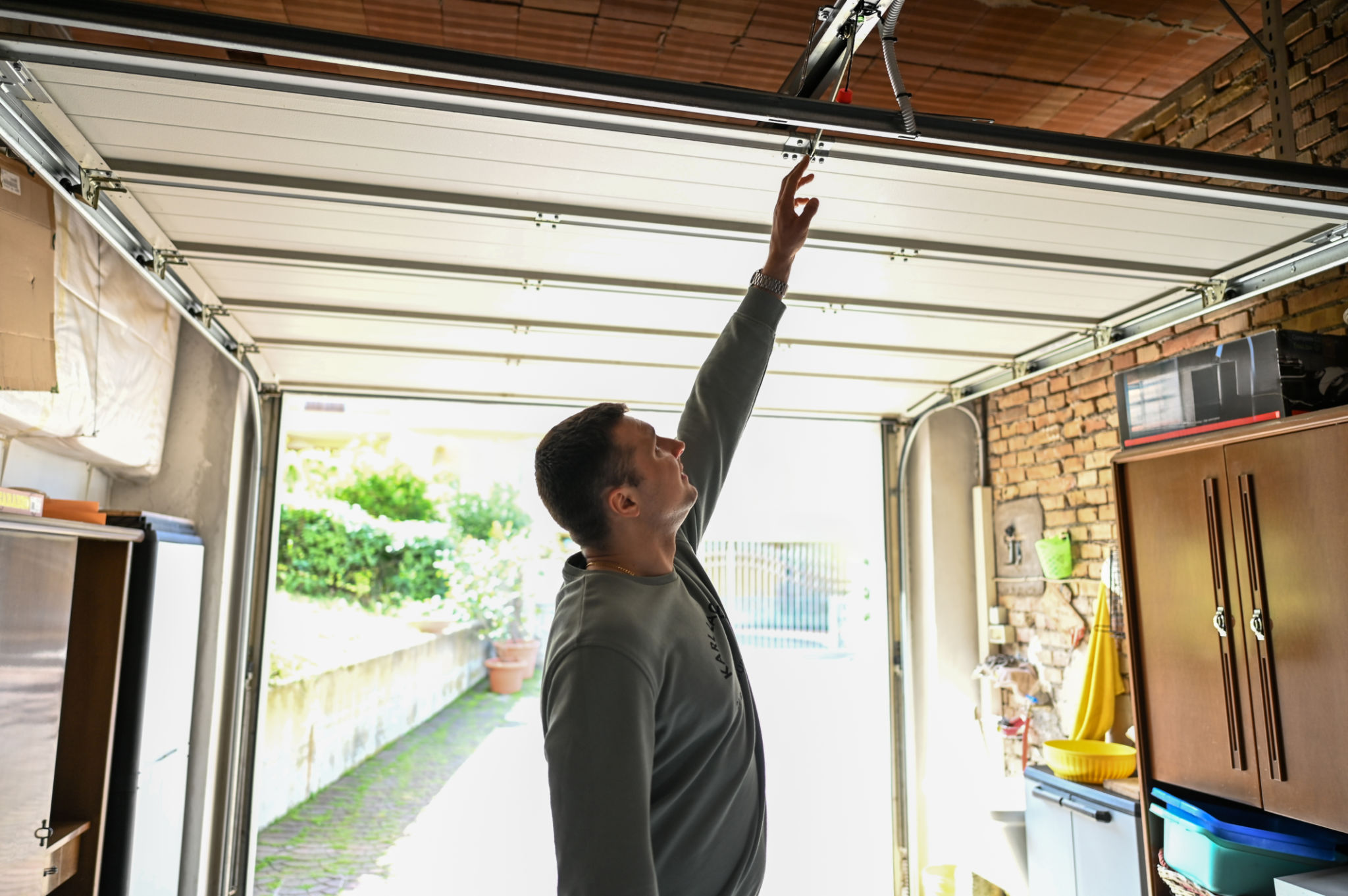Ceramic Coating vs. Traditional Wax: A Detailed Comparison for Connecticut Drivers
Understanding Ceramic Coating and Traditional Wax
For Connecticut drivers, maintaining the pristine condition of their vehicles is a priority. Two popular methods for protecting car exteriors are ceramic coating and traditional wax. Both offer unique benefits, but which is the better choice for you? This detailed comparison will help you make an informed decision.
Ceramic coating is a liquid polymer applied to the exterior surfaces of a car, creating a chemical bond with the vehicle's factory paint. It offers a durable layer of protection that traditional wax can't match. On the other hand, traditional wax is a natural or synthetic product that provides a temporary protective layer.

Durability and Longevity
One of the main differences between ceramic coating and traditional wax is durability. Ceramic coating can last several years, depending on the quality of the product and maintenance. It forms a semi-permanent bond with your car's paint, making it resistant to environmental contaminants like bird droppings, road salt, and UV rays.
In contrast, traditional wax typically lasts only a few weeks to a couple of months. It requires frequent reapplication to maintain its protective qualities. While it provides a decent shine and surface-level protection, it doesn't offer the same level of durability as ceramic coating.
Application Process
The application process for ceramic coating is more involved than waxing. It requires careful preparation, including washing, claying, and polishing the car to ensure a clean surface. Any imperfections need to be corrected before applying the coating. The process can take several hours or even days, especially if performed by a professional.

Waxing, on the other hand, is relatively straightforward. After washing and drying the vehicle, you can apply wax using an applicator pad or cloth. The process is less time-consuming and can be done at home without specialized equipment.
Cost Considerations
Ceramic coating is generally more expensive than traditional waxing. The cost reflects not only the materials but also the labor-intensive application process. However, many drivers find the investment worthwhile due to the long-lasting protection it offers.
Traditional wax is more budget-friendly in the short term. It's readily available at most auto supply stores and can be applied without professional help. However, frequent reapplications are necessary to maintain its protective properties, potentially increasing the overall cost over time.

Aesthetic Appeal
Both ceramic coating and traditional wax enhance your car's appearance by adding shine and depth to the paint. Ceramic coatings offer a sleek, glossy finish that can make your vehicle stand out on Connecticut roads. The hydrophobic properties of ceramic coatings also make it easier to clean your car, as dirt and grime have difficulty adhering to the surface.
Traditional wax provides a warm, deep glow that many car enthusiasts appreciate. While it may not have the same reflectivity as ceramic coatings, it still enhances the vehicle's appearance significantly.
Conclusion: Which Is Right for You?
Deciding between ceramic coating and traditional wax depends on your preferences and needs as a driver in Connecticut. If you seek long-term protection and are willing to invest in your vehicle's care, ceramic coating might be the way to go. On the other hand, if you prefer a cost-effective solution with easier application, traditional wax is a viable option.
Ultimately, both methods provide valuable protection and enhance your car's beauty. Consider your budget, time constraints, and desired level of maintenance when making your decision.
